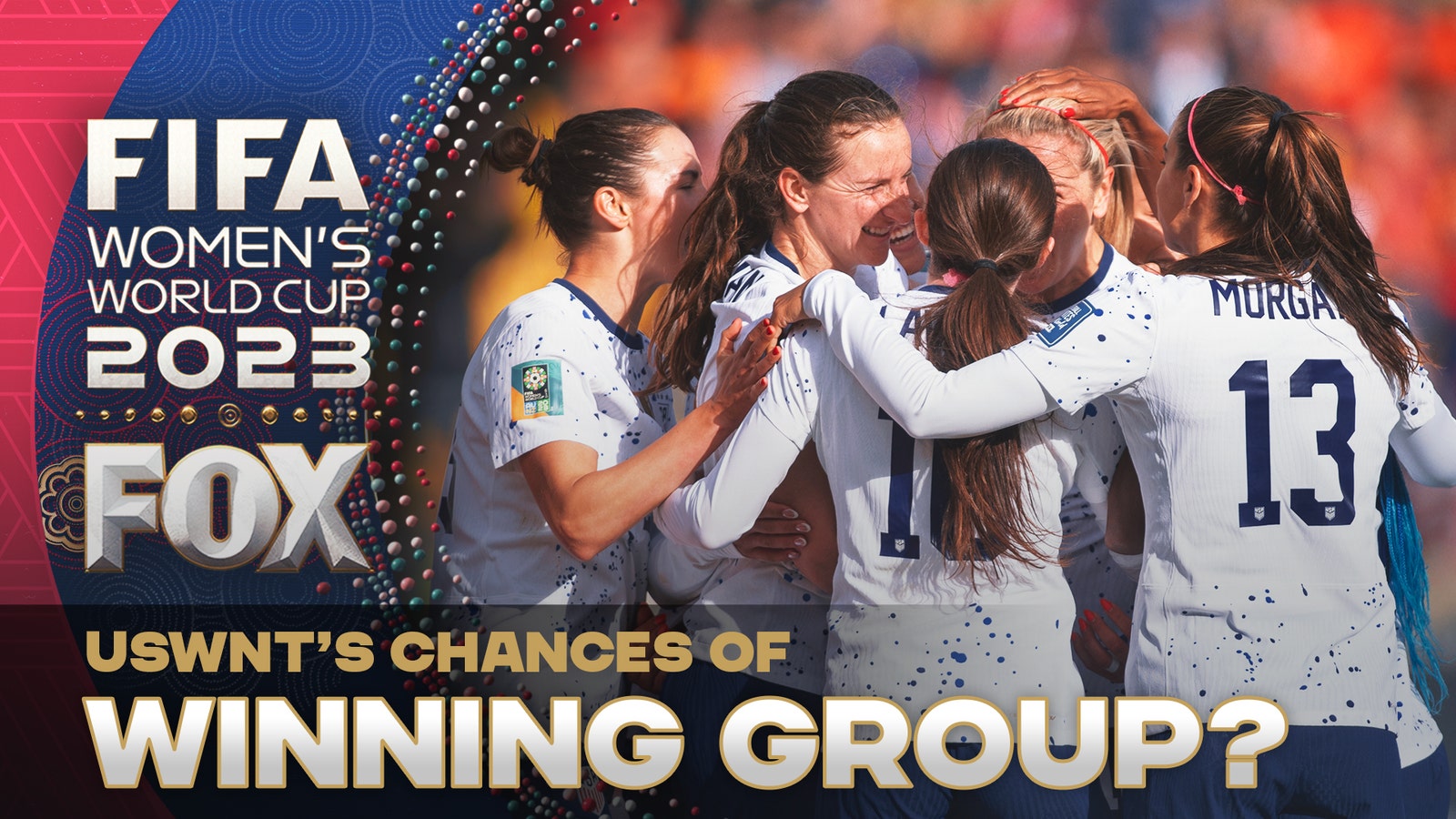
Goal differential explained: How FIFA's tiebreakers come into play
The final round of World Cup group games is nearly upon us, which means it is time to reach for two things.
The remote control, for things are about to get seriously compelling. And the calculator, because they're going to get decidedly complicated.
In theory, getting out of your World Cup group sounds simple. Finish first, advance to the round of 16. Finish second, same story, although your path through the bracket might be a bit trickier.
Win — or win enough — and you're in.
Except there's actually a lot more to it than that. It is possible to be eliminated with as many as six points and to advance with as few as two.
And when you have four teams battling for two spots, plus the possibility of games being tied, it enhances the likelihood of teams getting locked together on an identical points tally, leading to all kinds of tiebreaker calculations and permutations.
So, get ready to start hearing all about goal differential, the primary method by which deadlocked teams are separated in a group table. "GD" hasn't always been part of soccer's history, but most certainly is now, and it has the potential to mean everything to the fate of hopeful nations seeking a spot in the knockout phase.
Goal differential — which soccer fans in other countries will emphatically tell you should actually be called "goal difference" — does what it says on the label. It is the outcome reached when subtracting the number of goals a team allows from how many it scores, either over a long league season, or, in this instance, the three games of a World Cup group.
Back in the day the slightly different formula of "goal average" was used instead, but as this was thought to disincentivize attacking play — and because any math wizard will tell you that you can't divide by zero — it was scrapped in favor of goal differential, which has held sway for several decades now.
Can the USWNT get knocked out from the group stage by Portugal?
The USWNT has needed to use it only once at a World Cup, topping its 1995 group despite finishing level on points with China. Situations like that one, where the best two teams in the group tie with each other and win both their remaining matches, is a common example of how goal differential becomes paramount.
This year, the USA and the Netherlands might be headed for that kind of outcome, if both win their final games.
[USWNT ‘knows what’s on the line’ against Portugal]
In 2014, the USA men's team advanced to the round of 16 by finishing ahead of Cristiano Ronaldo's Portugal on goal differential, while the 1994 squad came out on the wrong side of it behind Switzerland, forcing it into a brutal round of 16 clash with Brazil.
One of the most famous goals in American soccer history, Landon Donovan's strike against Algeria in 2010, actually brought the USA level with England at the top of the group on both points and goal differential, meaning the Americans prevailed due to the second tiebreaker of "goals scored." More on that later.
The goal-differential provision can set things up enticingly, especially with the last pair of matches in any group played out simultaneously. It is often the case where teams throw players forward in search of a decisive extra score, even if they are already winning a game.
FIFA was thrilled with how the action transpired at the men's World Cup at the end of last year, when it seemed like each fresh night produced a thrilling conclusion to one or more of the groups.
The men's event had no fewer than five of the eight groups separated by that method, either determining first and second place, or second and third.
"World Cup NOW" crew discusses USWNT's chances of winning Group E
In the 2019 women's tournament there was even a three-way tie on points in Group C, with Italy positioned ahead of Australia and Brazil on goal differential.
As mentioned earlier, sometimes goal differential is not enough to separate the teams. That's when it can start to get really strange.
After goals scored, the tiebreaker list next moves to head-to-head, which is straightforward if only two teams are tied and much less so if there are three.
Beyond that, a team's behavior becomes important. Fair-play points can become a vital tiebreaker, meaning that whichever squad was handed fewer yellow and red cards would go through.
For as long as soccer has been around, teams have been locked together in certain scenarios, and administrators have tried to come up with ways to judge who is more deserving. Ways of finding a victor that are now consigned to the past include playoffs, replays, extra-time periods in group games, and, I'm being 100 percent serious, names selected from a hat by blindfolded child.
Maybe things haven't moved on so much. The final tiebreaker nowadays, if the teams have identical disciplinary records, is the "drawing of lots." That essentially amounts to a coin flip but just sounds a bit more professional, but in reality has the same probability stats as a game of televised game of rock-paper-scissors.
Now that really would be fun.
Martin Rogers is a columnist for FOX Sports and the author of the FOX Sports Insider newsletter. Follow him on Twitter @MRogersFOX and subscribe to the daily newsletter.



